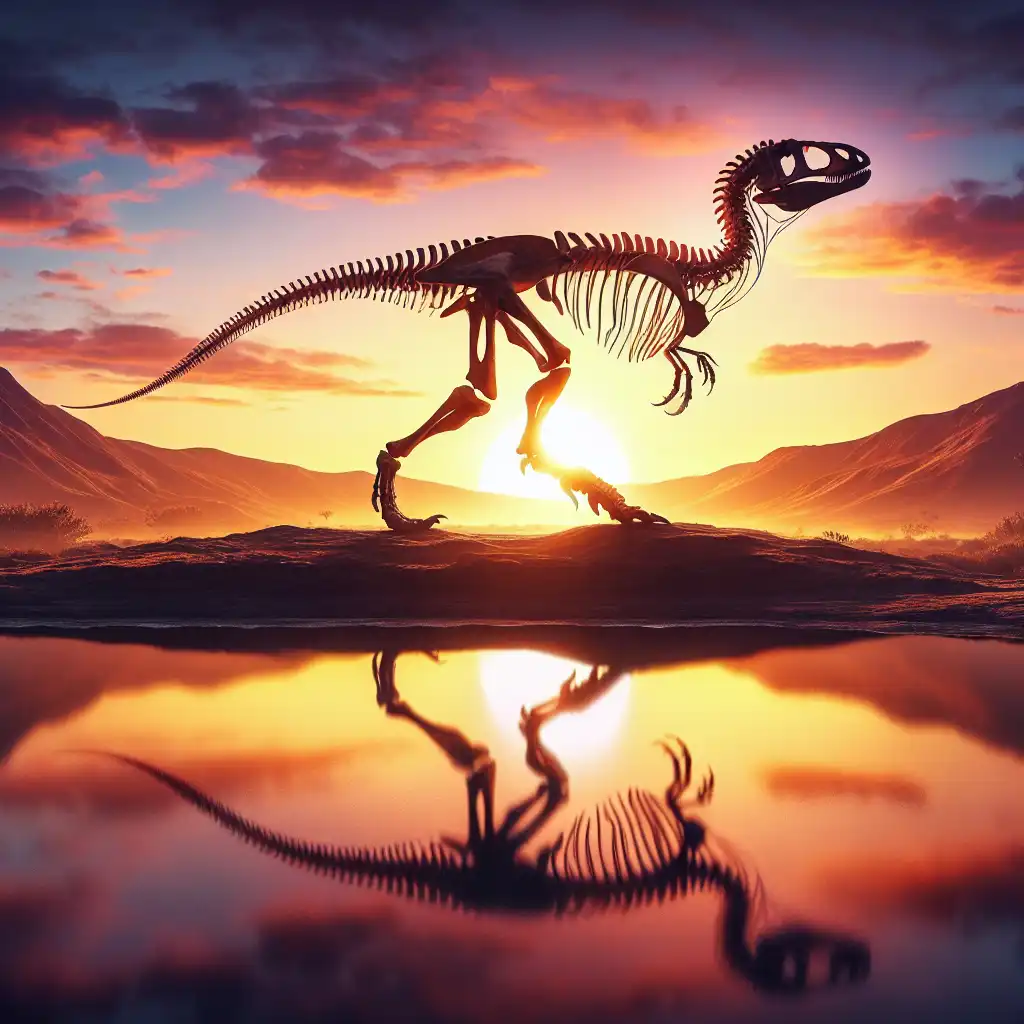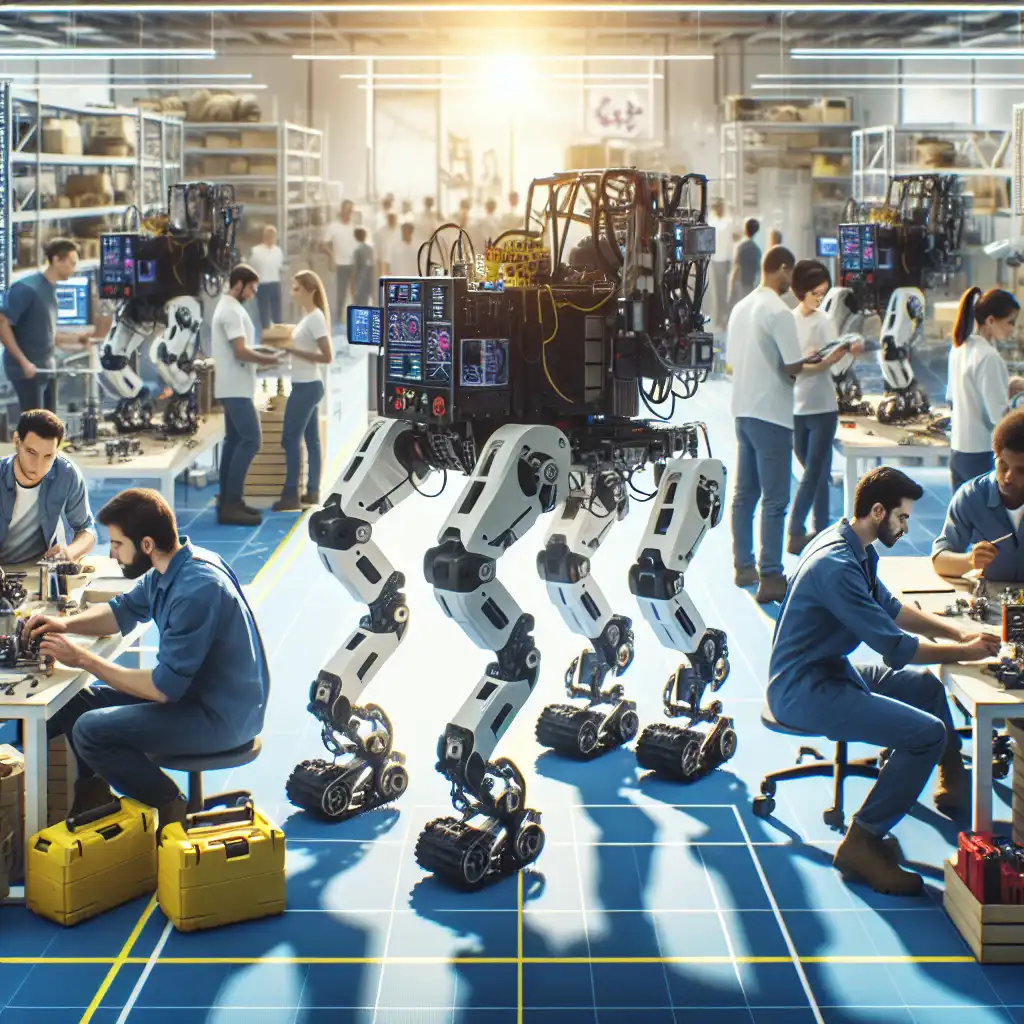
Bipedal
Evolutionary Term
Often used in biology or paleontology when discussing the evolution from four-legged to two-legged movement.  The dinosaur's skeletal structure suggested a transition toward bipedal posture.
The dinosaur's skeletal structure suggested a transition toward bipedal posture.
Not Just Humans
Although humans are bipedal, some animals like birds or kangaroos also walk on two legs.  The emu is an example of a bipedal bird.
The emu is an example of a bipedal bird.
Robotic Usage
In robotics, 'bipedal' describes robots designed to mimic two-legged human walking.  Engineers are developing bipedal robots for complex rescue missions.
Engineers are developing bipedal robots for complex rescue missions.